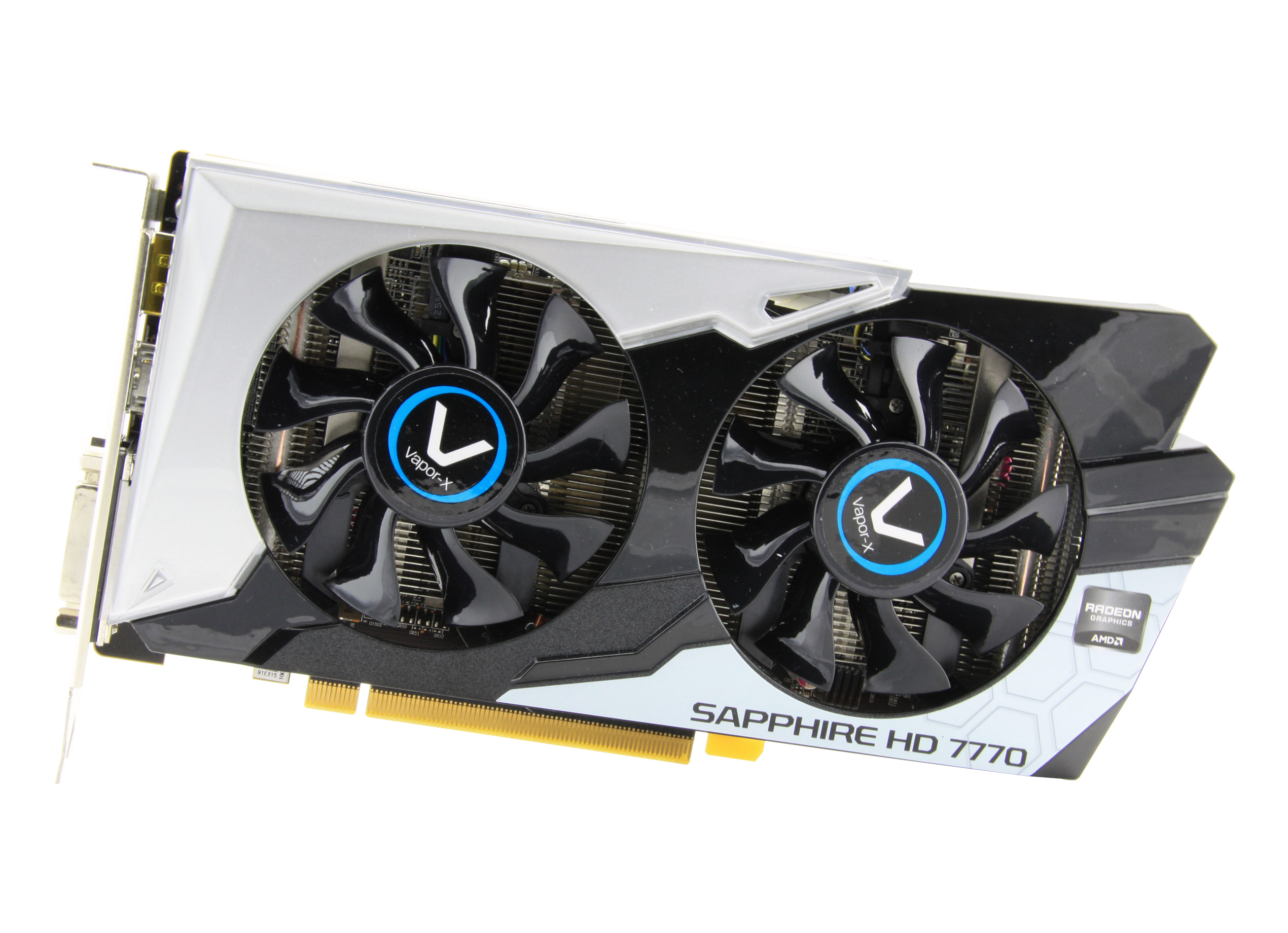
- #VIEWSONIC DRIVERS FOR SKYLAKE UPDATE#
- #VIEWSONIC DRIVERS FOR SKYLAKE FULL#
- #VIEWSONIC DRIVERS FOR SKYLAKE WINDOWS 10#
#VIEWSONIC DRIVERS FOR SKYLAKE UPDATE#
On February 9, 2016, Intel announced that it would no longer allow such overclocking of non-K processors, and that it had issued a CPU microcode update that removes the function. In February 2016, however, an ASRock firmware update removed the feature. These issues are partly caused by the power management of the processor needing to be disabled for base clock overclocking to work.
#VIEWSONIC DRIVERS FOR SKYLAKE FULL#
Intel acknowledged in 2014 that moving from 22 nm (Haswell) to 14 nm (Broadwell) had been its most difficult process to develop yet, causing Broadwell's planned launch to slip by several months yet, the 14 nm production was back on track and in full production as of Q3 2014. Īn initial batch of Skylake CPU models (6600K and 6700K) was announced for immediate availability during the Gamescom on August 5, 2015, unusually soon after the release of its predecessor, Broadwell, which had suffered from launch delays. During the announcement, Intel also demonstrated two computers with desktop and mobile Skylake prototypes: the first was a desktop testbed system, running the latest version of 3DMark, while the second computer was a fully functional laptop, playing 4K video. The Skylake development platform was announced to be available in Q1 2015. In September 2014, Intel announced the Skylake microarchitecture at the Intel Developer Forum in San Francisco, and that volume shipments of Skylake CPUs were scheduled for the second half of 2015. A major priority of Skylake's design was to design a microarchitecture for envelopes as low as 4.5W to embed within tablet computers and notebooks in addition to higher-power desktop computers and servers. The final design was largely an evolution of Haswell, with minor improvements to performance and several power-saving features being added. Skylake's development, as with previous processors such as Banias, Dothan, Conroe, Sandy Bridge, and Ivy Bridge, was primarily undertaken by Intel Israel at its engineering research center in Haifa, Israel.

Intel officially declared end of life and discontinued Skylake LGA 1151 CPUs on March 4, 2019. Some of the processors based on the Skylake microarchitecture are marketed as 6th-generation Core.
#VIEWSONIC DRIVERS FOR SKYLAKE WINDOWS 10#
Skylake is the last Intel platform on which Windows earlier than Windows 10 will be officially supported by Microsoft, although enthusiast-created modifications exist that allow Windows 8.1 and earlier to continue to receive Windows Updates on later platforms. Skylake CPUs share their microarchitecture with Kaby Lake, Coffee Lake, Cannon Lake, Whiskey Lake, and Comet Lake CPUs.

According to Intel, the redesign brings greater CPU and GPU performance and reduced power consumption. Skylake is a microarchitecture redesign using the same 14 nm manufacturing process technology as its predecessor, serving as a tock in Intel's tick–tock manufacturing and design model. Skylake is the codename used by Intel for a processor microarchitecture that was launched in August 2015 succeeding the Broadwell microarchitecture.


 0 kommentar(er)
0 kommentar(er)
